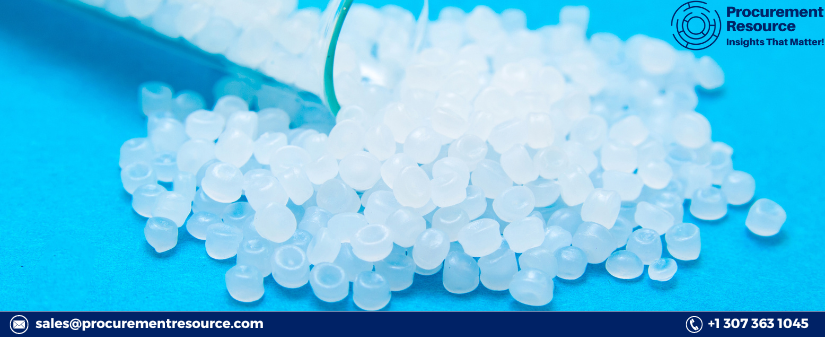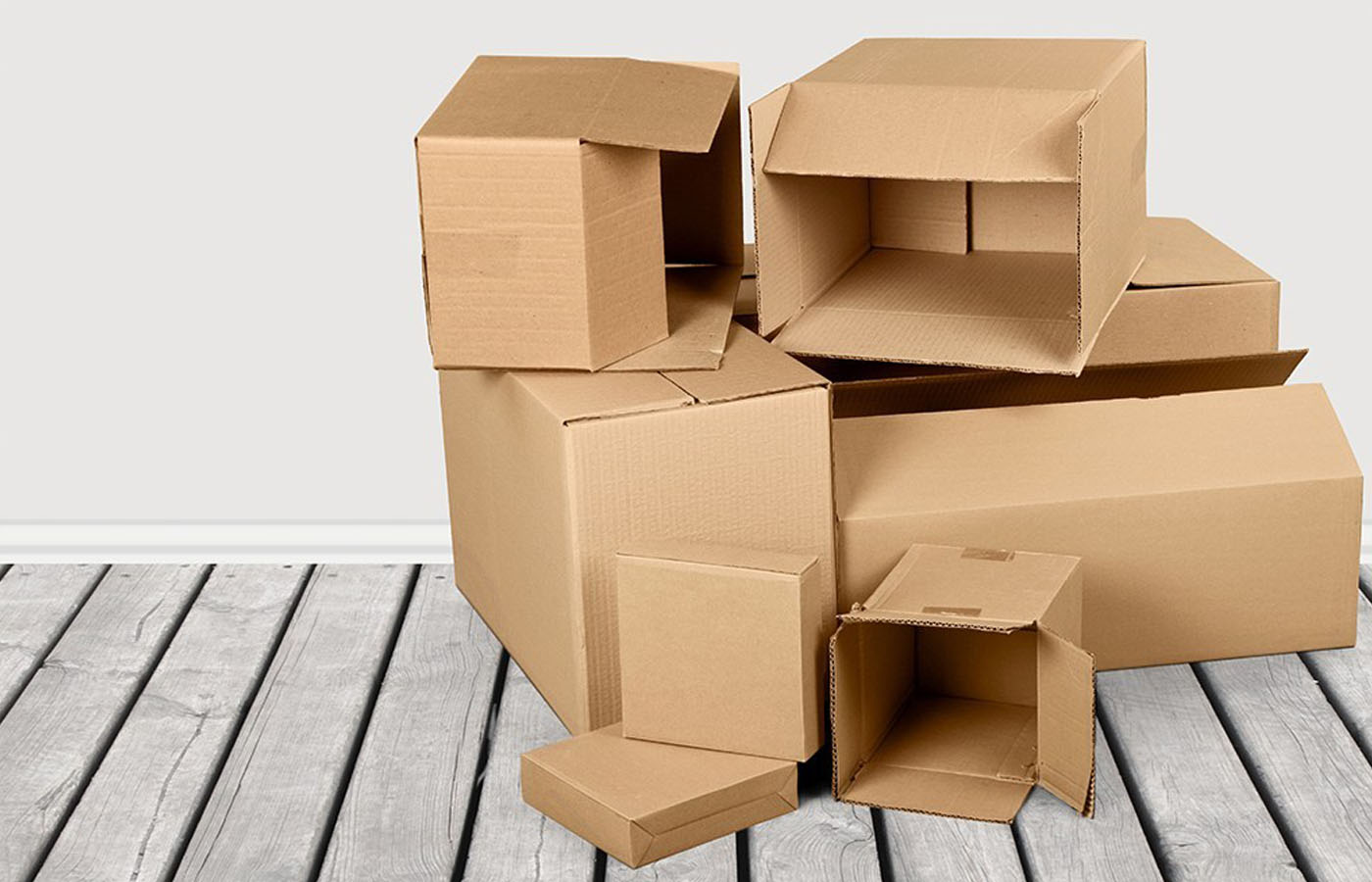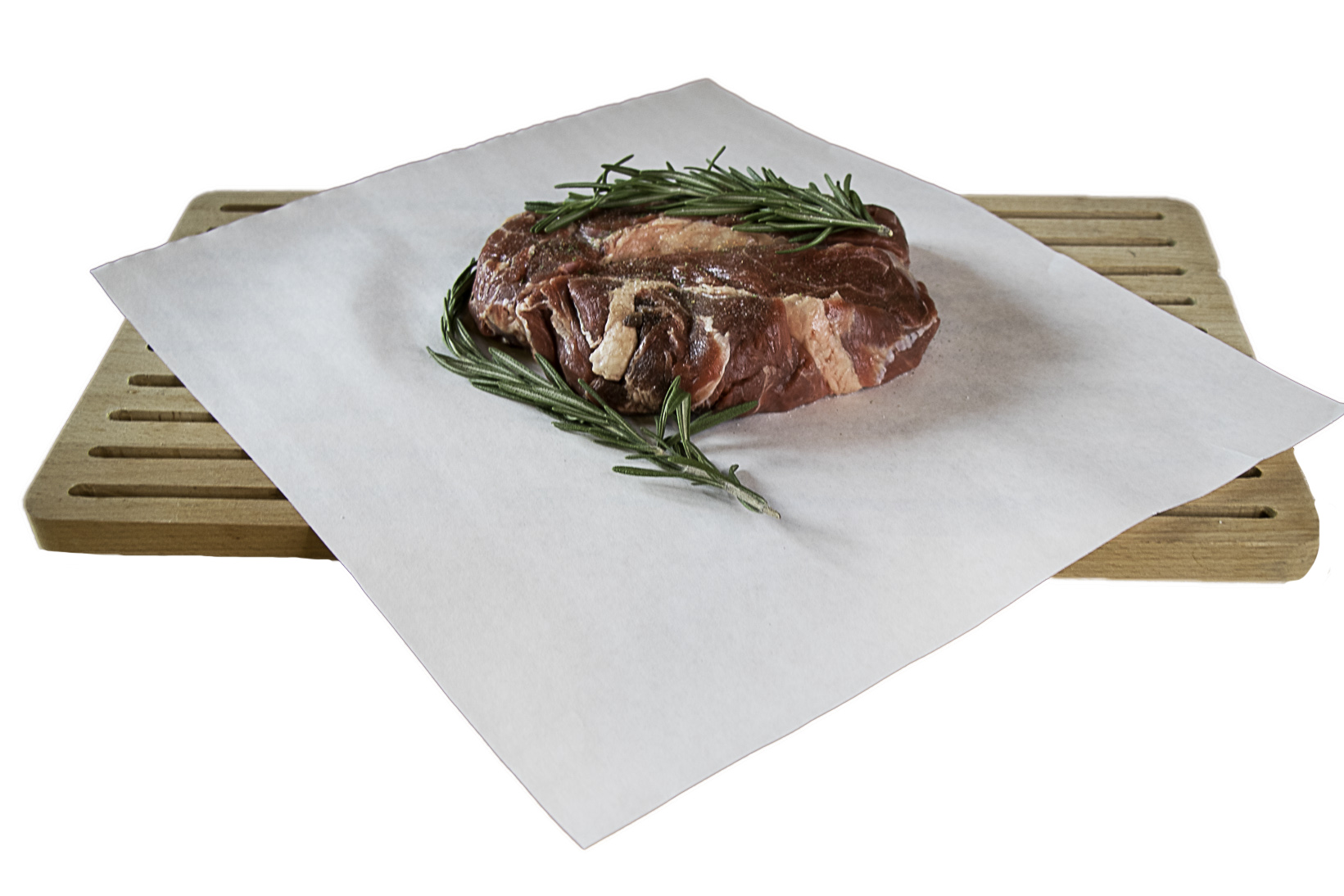
Introduction
Polyethylene Production Process with Cost Analysis is crucial for understanding the complexities involved in manufacturing polyethylene and optimizing production costs. This press release provides an in-depth assessment of the polyethylene production process, market drivers, raw material requirements, costs, and key process information, offering valuable insights for industry stakeholders.
Procurement Resource Assessment: Polyethylene Production Process
Procurement Resource offers a detailed assessment of the polyethylene production process, providing comprehensive insights into each stage of production. Our assessment covers the entire supply chain, from raw material procurement to the final product. By analyzing process flows, energy consumption, and associated costs, we help businesses identify areas for improvement and cost optimization.
Request Free Sample – https://www.procurementresource.com/production-cost-report-store/polyethylene/request-sample
Our report includes detailed process descriptions, flow diagrams, and cost breakdowns, enabling companies to understand the intricacies of polyethylene production. This holistic approach ensures that businesses can streamline their operations, enhance efficiency, and remain competitive in the market.
Understanding Polyethylene
Polyethylene is one of the most widely used plastics in the world, known for its versatility and durability. It is primarily used in packaging, containers, pipes, and various household products. Polyethylene is produced through the polymerization of ethylene, a process that involves several key steps, including cracking, purification, polymerization, and extrusion.
There are different types of polyethylene, each with unique properties and applications:
- High-Density Polyethylene (HDPE): Known for its high strength-to-density ratio, HDPE is used in products like bottles, piping, and plastic lumber.
- Low-Density Polyethylene (LDPE): LDPE is more flexible and is commonly used in film applications, such as plastic bags and wrap.
- Linear Low-Density Polyethylene (LLDPE): LLDPE is known for its impact and tensile strength and is used in similar applications to LDPE but with added durability.
Market Drivers
Several market drivers influence the demand and production of polyethylene. Understanding these drivers is crucial for businesses to anticipate market trends and make strategic decisions.
-
Growing Demand for Packaging: The increasing demand for flexible packaging solutions, driven by the e-commerce boom and changing consumer preferences, is a significant market driver. Polyethylene is widely used in packaging due to its versatility and durability.
-
Urbanization and Industrialization: Rapid urbanization and industrialization, particularly in emerging economies, have increased the demand for polyethylene in construction, automotive, and consumer goods industries.
-
Technological Advancements: Technological advancements in manufacturing processes have improved the efficiency and quality of polyethylene production. Innovations in catalyst technology and polymerization processes have enhanced production capabilities and reduced costs.
-
Environmental Concerns and Recycling: The push towards sustainable and recyclable materials has boosted the demand for polyethylene. Advances in recycling technologies and the development of biodegradable polyethylene variants have positively impacted the market.
Raw Materials Requirements
The production of polyethylene primarily relies on ethylene as the raw material. The quality and composition of ethylene significantly impact the yield and characteristics of the final product. Refineries use different grades of ethylene to produce high-quality polyethylene tailored to specific end-use applications.
Key raw materials required for polyethylene production include:
-
Ethylene: Ethylene is produced through the cracking of hydrocarbons such as naphtha, ethane, propane, and butane. The quality of ethylene determines the efficiency and quality of the polyethylene produced.
-
Catalysts: Catalysts play a crucial role in the polymerization process, enhancing the efficiency and selectivity of chemical reactions. Different types of catalysts are used depending on the desired properties of the polyethylene being produced.
-
Additives: Additives are used to enhance the properties of polyethylene, such as improving UV resistance, flame retardancy, and processing stability. The choice of additives depends on the intended application of the polyethylene.
Costs and Key Process Information
The cost of polyethylene production is influenced by various factors, including raw material costs, energy consumption, labor expenses, and maintenance costs. Understanding these cost components is essential for businesses to optimize their operations and improve profitability.
-
Raw Material Costs: The cost of ethylene is a significant component of polyethylene production costs. Fluctuations in the prices of feedstocks such as naphtha and natural gas directly impact the overall production cost of polyethylene. Efficient procurement strategies and long-term contracts can help mitigate price volatility.
-
Energy Consumption: Polyethylene production is energy-intensive, with significant energy requirements for cracking, polymerization, and extrusion processes. Implementing energy-efficient technologies and practices can reduce energy consumption and lower production costs.
-
Labor and Maintenance Costs: Labor and maintenance costs are critical factors in polyethylene production. Skilled labor is required to operate and maintain complex manufacturing equipment. Regular maintenance and upgrades ensure the reliability and efficiency of production facilities.
-
Process Optimization: Optimizing the production process through advanced technologies and process improvements can enhance yields and reduce costs. Implementing automation, real-time monitoring, and predictive maintenance can significantly improve operational efficiency.
Looking for an Exhaustive and Personalized Report?
Procurement Resource offers exhaustive and personalized reports that can significantly substantiate your business decisions. Our comprehensive reports provide detailed insights into the polyethylene production process, including cost analysis, market drivers, raw material requirements, and process optimization strategies.
Our team of experts leverages industry knowledge and advanced analytics to deliver tailored solutions that meet your specific business needs. Whether you are looking to optimize your production processes, reduce costs, or explore new market opportunities, our reports provide the data and insights you need to make informed decisions.
By partnering with Procurement Resource, you gain access to:
-
Detailed Process Descriptions: Comprehensive descriptions of each stage of the polyethylene production process, including flow diagrams and technical specifications.
-
Cost Analysis: In-depth cost breakdowns, including raw material costs, energy consumption, labor expenses, and maintenance costs.
-
Market Insights: Analysis of market drivers, trends, and opportunities, helping you stay ahead of the competition.
-
Process Optimization Strategies: Recommendations for process improvements, energy efficiency measures, and cost-saving initiatives.
-
Customized Solutions: Personalized reports tailored to your specific business requirements, ensuring that you receive actionable insights that drive results.
Conclusion
Understanding the polyethylene production process with cost analysis is crucial for businesses in the plastics industry. By leveraging the comprehensive assessment and insights provided by Procurement Resource, companies can optimize their operations, reduce costs, and stay competitive in the market. Our detailed reports and personalized solutions offer the data and analysis needed to make informed decisions and drive business success. For an exhaustive and personalized report on the polyethylene production process, contact Procurement Resource today and take the first step towards optimizing your business operations.
About Us:
Procurement Resource is an invaluable partner for businesses seeking comprehensive market research and strategic insights across a spectrum of industries. With a repository of over 500 chemicals, commodities, and utilities, updated regularly, they offer a cost-effective solution for diverse procurement needs. Their team of seasoned analysts conducts thorough research, delivering clients with up-to-date market reports, cost models, price analysis, and category insights.
By tracking prices and production costs across various goods and commodities, Procurement Resource ensures clients receive the latest and most reliable data. Collaborating with procurement teams across industries, they provide real-time facts and pioneering practices to streamline procurement processes and enable informed decision-making. Procurement Resource empowers clients to navigate complex supply chains, understand industry trends, and develop strategies for sustainable growth.
Contact Us:
Company Name: Procurement Resource
Contact Person: Amanda Williams
Email: [email protected]
Toll-Free Number: USA Canada – Phone no: +1 307 363 1045 | UK – Phone no: +44 7537 132103 | Asia-Pacific (APAC) – Phone no: +91 1203185500
Address: 30 North Gould Street, Sheridan, WY 82801, USA







